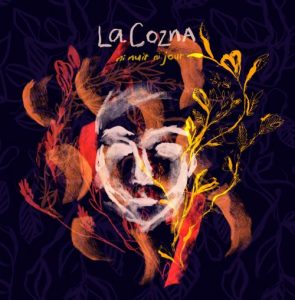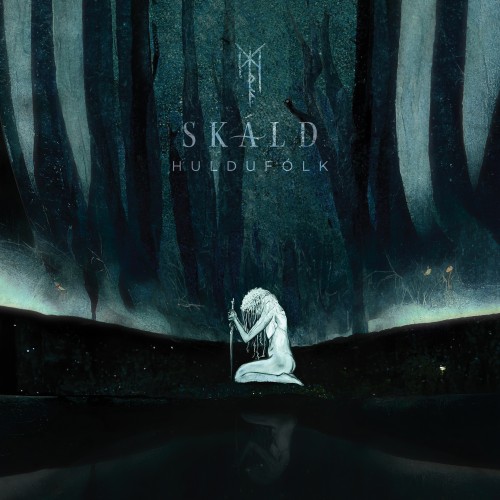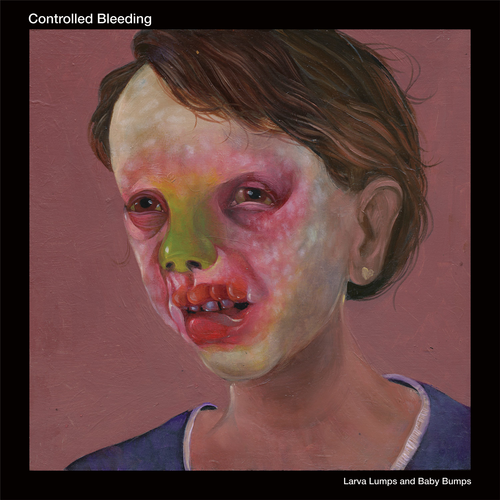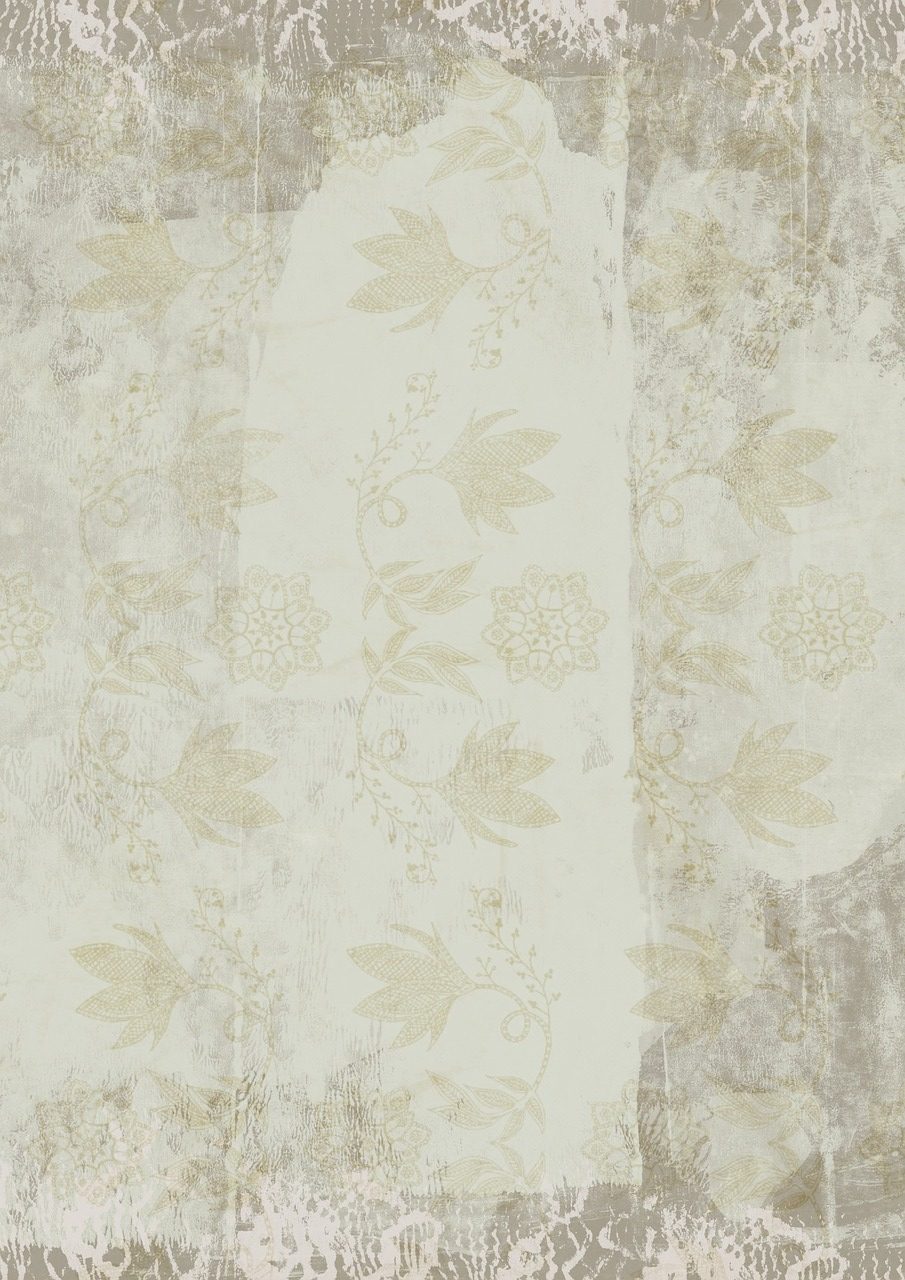 The first album from French quartet La Cozna melds a love of rural folk songs with a thirst for adventure that finds them uncovering fresh perspectives on how to support the tonal purity of vocalist Clémence Baillot d’Estivaux.
The first album from French quartet La Cozna melds a love of rural folk songs with a thirst for adventure that finds them uncovering fresh perspectives on how to support the tonal purity of vocalist Clémence Baillot d’Estivaux.
Utilising an unusual collection of instruments including a hand-made French form of hurdy-gurdy called a boîte à bourdon, each construction is unique, mixing Pierre-Antoine Despatures‘s double bass with the scattered guitar of Benjamin Garson and the clarinet and sax of main protagonist Clémentine Ristord.
You don’t need to be able to speak French to enjoy these women’s songs of love and freedom; instead just revel in the poetry and melody as they unfurl around you. The bass clarinet of opener “Reveillez Vous” is smoky and sinuous while gentle guitar lends a dreamy, hazy air. The vocals are clear with a folky warmth that continues throughout the album.There is an acoustic feel to Ni Nuit Ni Jour which, allied to the unadorned voice, gives an intimacy but also a vibrancy that it hard to resist. There are industrial echoes backing up the crying cello and staccato guitar of “Marguerita”, but there are also open abstract phrases that are picked up and stitched like tapestry around the vocals. La Cozna construct repetitive cello rhythms in one instance and then follow it up with jazzy, fluid double bass in the next and the idea of using post-industrial ideas in a folk music context is one that I found pretty appealing.
Each of the twelve tracks here sound very different, with varied recipes using the same basic ingredients: from a soft, whisked soup on the slow build GY!BE-esque “Les Transformations” to the lachrymose strings and Steve Reichian polyrhythmic repetition of “La Jardinière”. How they manage to sound so diverse is a happy puzzle and one that constantly offers fresh details on every listen. There is a male voice on a couple of tracks and it is a gruff, ageless instrument, particularly well utilised on the churning sea shanty duet “Quand J’étais Fille À Marier”, its horizontal hammered guitar another of the myriad facets the instrument displays across the album. But when the boîte à bourdon combines with the cello as on “La-haut Dedans Le Tour”, they create a powerful drone that almost subsumes the delicacy of the guitar. Over this drama, the sax soars like a lonely bird, passing over minarets. How to follow that? Well maybe a glorious vocal melody that is gently supported with subdued half -light. It is all heady stuff.They move from jaunty to mysterious in the blink of an eye, with gentle hints of instrumentation; and in other parts the duet is between voice and violin, one finishing the other’s ideas as if it were the most natural thing. The guitar plucks and slices its way through “Le Jardin Des Amours” while going all post-punk angst on penultimate track “Les Amants Sont Volages”.
By the time the final track “Songez À Votre Monde” arrives with a swirl of boîte à bourdon and voice, you would believe the players capable of anything. The way the violin and cello creep around them like tendrils of smoke is a testament to their atmospheric abilities and an ideal way to bring things to a conclusion.Ni Nuit Ni Jour is a unique vision with delightful production that offers more with every listen. Whether it is a one-off, I have no idea but it is essential listening.
-Mr Olivetti-



